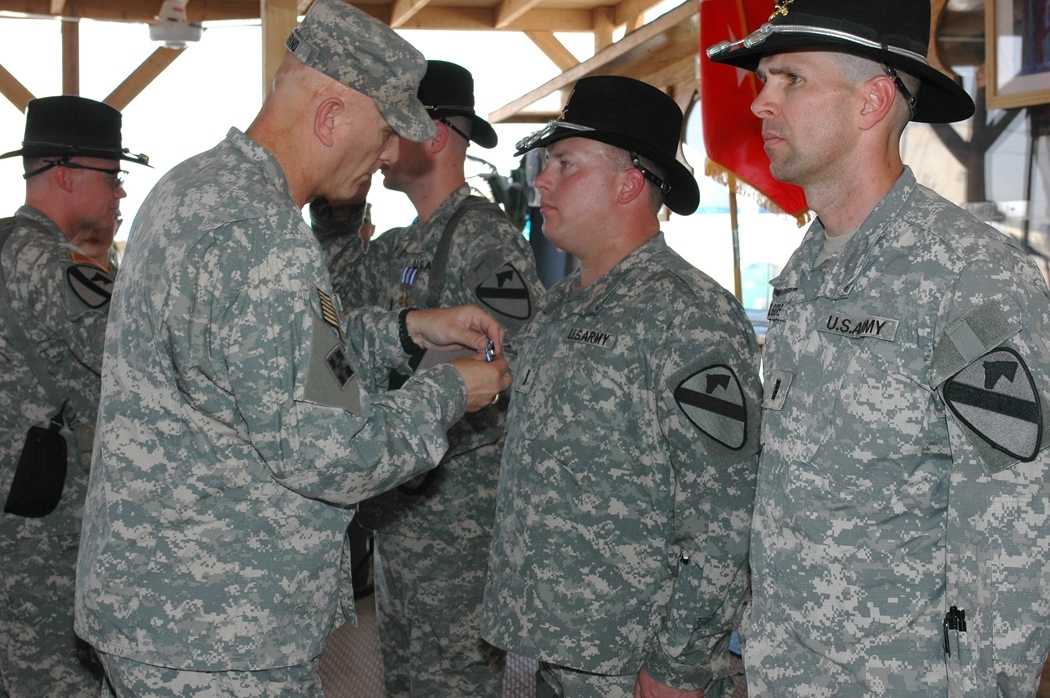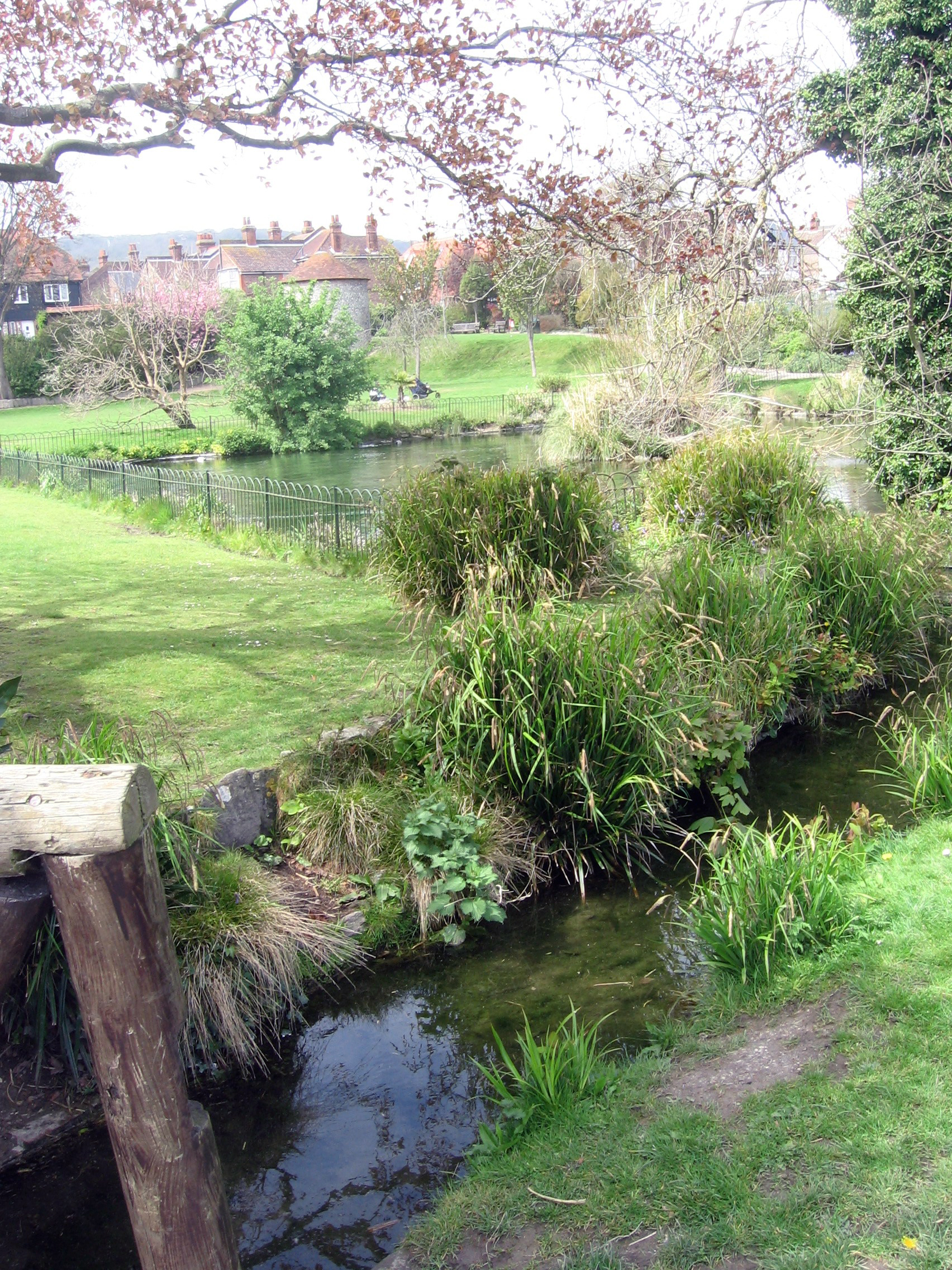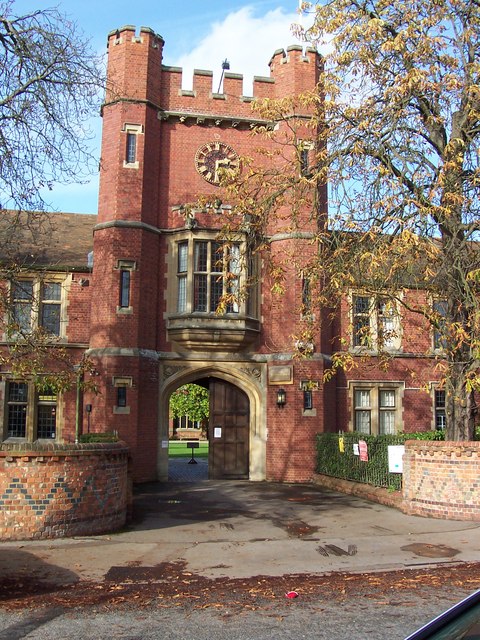|
James Fitzmaurice (pilot)
James Michael Christopher Fitzmaurice DFC (6 January 1898 – 26 September 1965) was an Irish aviation pioneer. He was a member of the crew of the ''Bremen'', which made the first successful trans-Atlantic aircraft flight from East to West on 12–13 April 1928. Early life Fitzmaurice was born in Dublin, Ireland on 6 January 1898. His parents were Michael Fitzmaurice and Mary Agnes O'Riordan. The family resided at 35 Mountjoy Cottages on Dublin's North Circular Road. On 23 May 1902, at the age of four, Fitzmaurice moved with his parents to a house on Dublin Road, Portlaoise, Ireland. Fitzmaurice attended St. Mary's, a Christian Brothers School in Maryborough (Portlaoise) until shortly before his 16th birthday. In 1914 he joined the National Volunteers. Later that year, he enlisted in the Cadet Company of the 7th Battalion of the Leinsters. He was then 16 years of age although the required minimum age was 19. Fitzmaurice was taken out by his father for being underage. Wor ... [...More Info...] [...Related Items...] OR: [Wikipedia] [Google] [Baidu] |
Distinguished Flying Cross (United States)
The Distinguished Flying Cross (DFC) is a Awards and decorations of the United States Armed Forces, military decoration of the United States Armed Forces. The medal was established on July 2, 1926, and is awarded to those who, after April 6, 1917, have distinguished themselves by single acts of heroism or extraordinary achievement while participating in aerial flight. Both heroism and extraordinary achievement are entirely distinctive, involving operations that are not routine. The medal may be awarded to friendly foreign military members in ranks equivalent to the U.S. paygrade of O-6 and below in combat or support operations. History The first award of the Distinguished Flying Cross was made by President Calvin Coolidge on May 2, 1927, to ten aviators of the United States Army Air Corps, U.S. Army Air Corps who had participated in the Army Pan American Flight which took place from December 21, 1926, to May 2, 1927. Two of the airmen died in a mid-air collision trying to lan ... [...More Info...] [...Related Items...] OR: [Wikipedia] [Google] [Baidu] |
Officer (armed Forces)
An officer is a person who holds a position of authority as a member of an Military, armed force or Uniformed services, uniformed service. Broadly speaking, "officer" means a commissioned officer, a non-commissioned officer (NCO), or a warrant officer. However, absent contextual qualification, the term typically refers only to a force's ''commissioned officers'', the more senior members who derive their authority from a Commission (document), commission from the head of state. Numbers The proportion of officers varies greatly. Commissioned officers typically make up between an eighth and a fifth of modern armed forces personnel. In 2013, officers were the senior 17% of the British armed forces, and the senior 13.7% of the French armed forces. In 2012, officers made up about 18% of the German armed forces, and about 17.2% of the United States armed forces. Historically armed forces have generally had much lower proportions of officers. During the First World War, fewer than ... [...More Info...] [...Related Items...] OR: [Wikipedia] [Google] [Baidu] |
Middlesbrough
Middlesbrough ( ), colloquially known as Boro, is a port town in the Borough of Middlesbrough, North Yorkshire, England. Lying to the south of the River Tees, Middlesbrough forms part of the Teesside Built up area, built-up area and the Tees Valley. History Monks and lords Middlesbrough started as a Benedictine priory on the south bank of the River Tees, its name possibly derived from it being midway between the holy sites of Durham, England, Durham and Whitby. The earliest recorded form of Middlesbrough's name is "Mydilsburgh". Some believe the name means 'middle fortress', since it was midway between the two religious houses of Durham and Whitby; others state that it is an Old English personal name (''Midele'' or ''Myhailf'') combined with ''burgh'', meaning town. In 686 a monastic cell was consecrated by Cuthbert of Lindisfarne, St Cuthbert at the request of Hilda of Whitby, St Hilda, Abbess of Whitby. The cell evolved into Middlesbrough Priory. The manor of Middlesburgh ... [...More Info...] [...Related Items...] OR: [Wikipedia] [Google] [Baidu] |
Marske-by-the-Sea
Marske-by-the-Sea is a village in the civil parish of Saltburn, Marske and New Marske, North Yorkshire, England, between the seaside resorts of Redcar and Saltburn-by-the-Sea. Marske comprises the wards of Longbeck (shared with New Marske) and St Germains. History Marske is mentioned in the Domesday Book of 1086. St Germain's Church was consecrated by bishop Ægelric between 1042 and 1056. Marske was amerced 20 marks for its part in the pillaging of a Norwegian vessel in 1180. Marske Brass Band was established in 1875. It has a junior and adult learners band and a traditional brass band for all ages. The band provides instruments and teaching for free; the only proviso is that you attend regularly. World War One airfield In 1917 the Royal Flying Corps adopted the existing civilian aerodrome just to the west of Marske, expanding it into a military training establishment. In April 1918 it came under the control of the newly formed Royal Air Force, with one ... [...More Info...] [...Related Items...] OR: [Wikipedia] [Google] [Baidu] |
Eastbourne
Eastbourne () is a town and seaside resort in East Sussex, on the south coast of England, east of Brighton and south of London. It is also a non-metropolitan district, local government district with Borough status in the United Kingdom, borough status. Eastbourne is immediately east of Beachy Head, the highest chalk sea cliff in Great Britain and part of the larger Eastbourne Downland Estate. The seafront consists largely of Victorian architecture, Victorian hotels, a Eastbourne Pier, pier, Congress Theatre (Eastbourne), theatre, Towner Gallery, contemporary art gallery and a Napoleonic era, Napoleonic era Eastbourne Redoubt, fort and military museum. Although Eastbourne is a relatively new town, there is evidence of human occupation in the area from the Stone Age. The town grew as a fashionable tourist resort largely thanks to prominent landowner William Cavendish, 7th Duke of Devonshire, William Cavendish, later to become the Duke of Devonshire. Cavendish appointed archite ... [...More Info...] [...Related Items...] OR: [Wikipedia] [Google] [Baidu] |
Reading, Berkshire
Reading ( ) is a town and borough in Berkshire, England, and the county town of Berkshire. It is the United Kingdom's largest town, with a combined population of 355,596. Most of Reading built-up area, its built-up area lies within the Borough of Reading, although some outer suburbs are parts of neighbouring local authority areas. It is located in the Thames Valley at the confluence of the rivers River Thames, Thames and River Kennet, Kennet. Reading is a major commercial centre, especially for information technology and insurance. It is also a regional retail centre, serving a large area of the Thames Valley with its shopping centres, including The Oracle, Reading, the Oracle, the Broad Street Mall, and the pedestrianised area around Broad Street. It is home to the University of Reading. Every year it hosts the Reading and Leeds Festivals, Reading Festival, one of England's biggest music festivals. Reading has a professional association football team, Reading F.C., and partici ... [...More Info...] [...Related Items...] OR: [Wikipedia] [Google] [Baidu] |
No 1 School Of Military Aeronautics
__NOTOC__ The No 1 School of Military Aeronautics was a World War I training school for the Royal Flying Corps (RFC), based in Reading, England. It was formed in 1915 as an instructors college - but expanded in 1916 into a full RFC training school. In 1917 technical skills were separated and moved to a nearby airfield, Coley Park, as the School of Technical Training. All training at the school was on the ground; ranging from theoretical subjects through to practical training (e.g. taxiing and artillery observation). History In December 1915 the RFC commandeered buildings belonging to the University of Reading, at first for the purpose of training flight instructors. On 27 October 1916 the school was expanded to include cadet pilot and observer training, and designated No 1 School of Military Aeronautics (at the same time, No 2 school was opened in Oxford). The school's headquarters were in Yeomanry House, while most of the lessons were taught at Wantage Hall (a recently built h ... [...More Info...] [...Related Items...] OR: [Wikipedia] [Google] [Baidu] |
King's Regiment (Liverpool)
The King's Regiment (Liverpool) was one of the oldest line infantry regiments of the British Army, having been formed in 1685 when a single battalion was raised as The Anne, Queen of Great Britain, Princess Anne of Denmark's Regiment of Foot. The original uniform consisted of a long Scarlet (color), scarlet coat turned up with yellow. Yellow breeches and waistcoat, white cravat, broad brimmed hat turned up and adorned with yellow ribbon, white stockings and 'serviceable' shoes. In 1702 when she succeeded the throne as Queen Anne, the sovereign ordered the title to be altered to The Queen's Regiment. In 1751, when all British Army infantry regiments were numbered, the title became; 8th or The King's Regiment after the then monarch George II of Great Britain, King George II, and was from then onward referred to as 8th Foot, 8th Regiment or 8th King's. Unlike most British Army infantry regiments, which were associated with a county, the King's represented the city of Liverpool, ... [...More Info...] [...Related Items...] OR: [Wikipedia] [Google] [Baidu] |
Company (military Unit)
A company is a Military organization#Commands, formations, and units, military unit, typically consisting of 100–250 soldiers and usually commanded by a Major (rank), major or a Captain (armed forces), captain. Most companies are made up of three to seven platoons, although the exact number may vary by country, unit type, and structure. Usually several companies are grouped as a battalion or regiment, the latter of which is sometimes formed by several battalions. Occasionally, ''independent'' or ''separate'' companies are organized for special purposes, such as the Air Naval Gunfire Liaison Company, 1st Air Naval Gunfire Liaison Company or the 3rd Force Reconnaissance Company. These companies are not organic to a battalion or regiment, but rather report directly to a higher level organization such as a Marine Expeditionary Force headquarters (i.e., a corps-level command). Historical background The modern military company became popularized during the reorganization of the S ... [...More Info...] [...Related Items...] OR: [Wikipedia] [Google] [Baidu] |
Platoon
A platoon is a Military organization, military unit typically composed of two to four squads, Section (military unit), sections, or patrols. Platoon organization varies depending on the country and the Military branch, branch, but a platoon can be composed of 20–50 troops, although specific platoons may range from 10 to 100 people. A platoon is typically the smallest military unit led by a Officer (armed forces), commissioned officer. The platoon leader is usually a junior officer—a Second lieutenant, second or first lieutenant or an equivalent rank. The officer is usually assisted by a platoon sergeant. Rifle platoons normally consist of a small platoon headquarters and three or four sections (Commonwealth) or squads (United States). In some armies, platoon is used throughout the branches of the army. In a few armies, such as the French Army, a platoon is specifically a cavalry unit, and the infantry use "section" as the equivalent unit. A unit consisting of several platoon ... [...More Info...] [...Related Items...] OR: [Wikipedia] [Google] [Baidu] |
Corporal
Corporal is a military rank in use by the armed forces of many countries. It is also a police rank in some police services. The rank is usually the lowest ranking non-commissioned officer. In some militaries, the rank of corporal nominally corresponds to commanding a Section (military unit), section or squad of soldiers. The word is a contraction from the Italian language, medieval Italian phrase ( [of soldiers]). While most Indo-European languages use this contraction, West Iberian languages use . Types * Lance corporal * * Corporal first class, First corporal * Second corporal * Master corporal * Corporal major * Corporal of horse * Corporal of the field * Staff corporal By country Australia Corporal is the second lowest of the non-commissioned officer ranks in the Australian Army, falling between lance-corporal and sergeant. A corporal is usually appointed as a section commander, and is in charge of 7–14 soldiers of private rank. They are assisted by a second-in ... [...More Info...] [...Related Items...] OR: [Wikipedia] [Google] [Baidu] |






